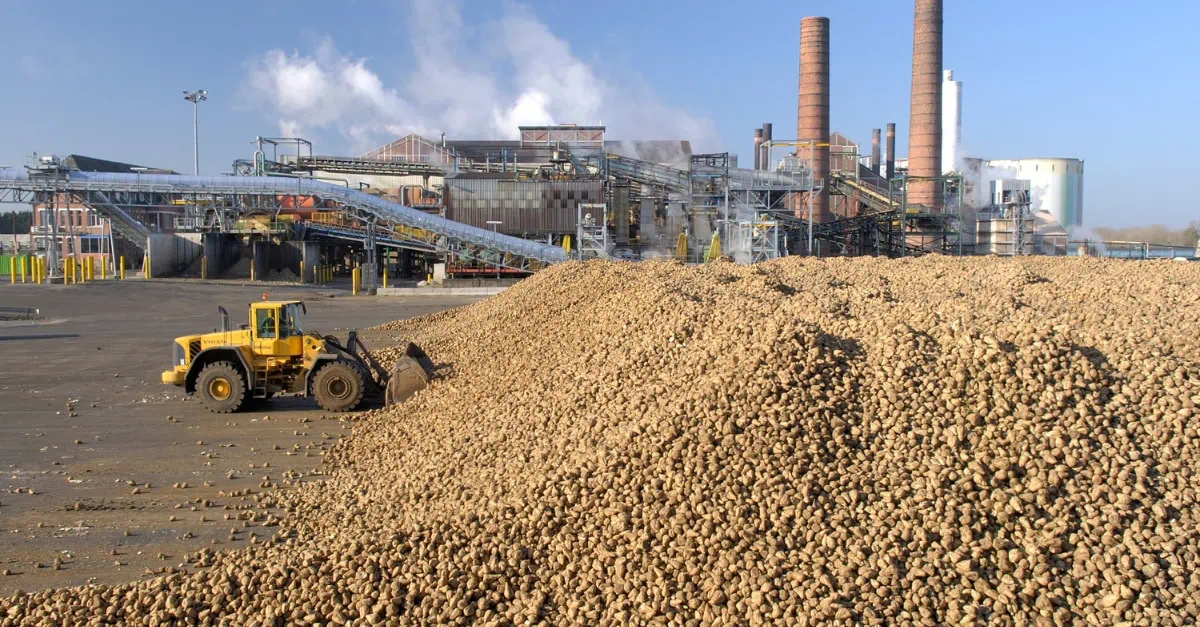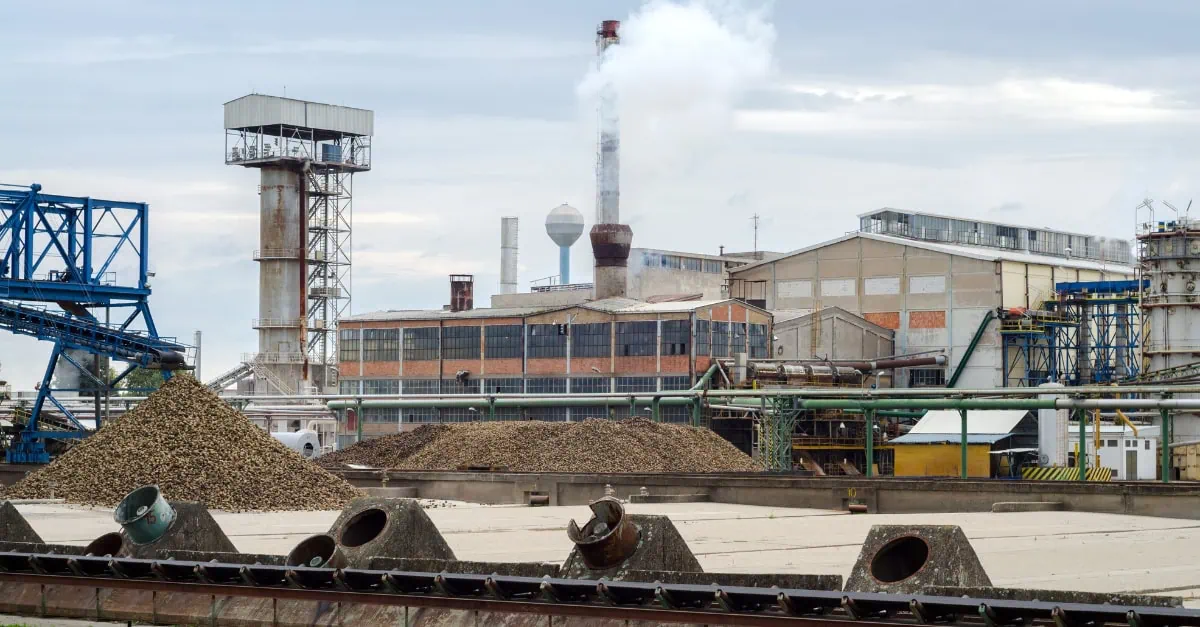Published July 7, 2025
Europe’s sugar beet industry is grappling with a challenging combination of extreme weather conditions and evolving trade dynamics that could reshape the continent’s sugar supply landscape. As intense heatwaves persist across key growing regions and water resources reach critical levels, market participants are closely monitoring developments that may trigger significant price movements in the coming months.
Weather concerns intensify across growing regions
The European sugar beet sector is experiencing one of its most challenging growing seasons in recent memory. An intense heatwave has gripped the continent for two weeks with little relief in sight, creating stress conditions for sugar beet crops across multiple countries.
Water availability has become a critical concern, with some regions reporting record-low river levels. The situation varies dramatically across the continent, with certain areas experiencing severe drought stress while others report surprisingly favorable conditions following recent rainfall.
Agricultural experts are monitoring the prevalence of crop diseases that typically emerge during prolonged dry periods, with some regions reporting higher than normal occurrences of stress-related conditions that could impact final yields.
Trade dynamics remain subdued
The European sugar trading environment continues to reflect cautious sentiment, with limited transaction activity and prices holding steady around established levels. Import parity calculations show considerable volatility driven by futures market fluctuations and currency movements, though the euro’s stability against the dollar provides some offset.
Recent forecasts from EU sugar experts suggest significant changes ahead for the 2025/26 marketing year, including projected reductions in planted area and production volumes. These assessments are influencing buyer behavior, with many end users adopting wait-and-see approaches to procurement.
Policy developments add complexity
The European sugar market is also contending with evolving trade policies that could impact long-term supply dynamics. Recent agreements and ongoing negotiations are creating uncertainty around future import flows and competitive positioning for domestic production.
Industry groups have raised concerns about the cumulative impact of trade liberalization measures, highlighting structural changes that have affected the sector’s capacity in recent years.
Market outlook and key factors to watch
The convergence of weather risks, trade policy changes, and shifting supply fundamentals is creating a complex environment for European sugar markets. Critical factors for market participants include:
- Weather patterns and their impact on final yield potential
- Water resource availability across key growing regions
- Trade policy developments affecting import volumes
- Currency fluctuations influencing competitiveness
The coming weeks will be crucial as crop assessments provide clearer insights into production prospects and policy decisions potentially reshape the competitive landscape.
Read the full week 28 Sugar market analysis on the Vesper platform here: https://app.vespertool.com/market-analysis/2074





